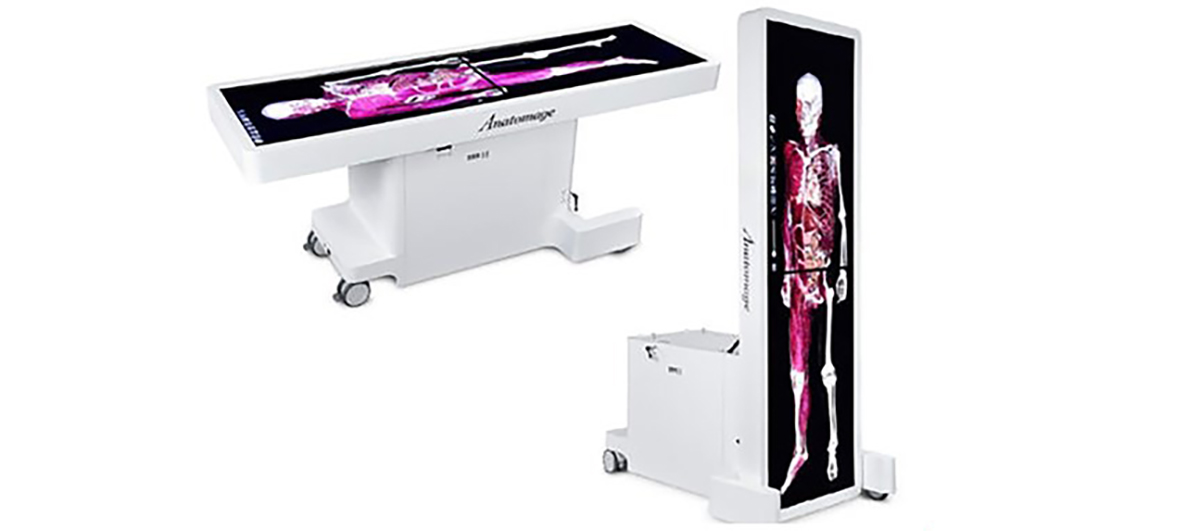Cabrini University has received a $100,000 grant to elevate the level of instruction and learning in the sciences with the purchase of a technologically advanced 3D anatomy visualization system. The Anatomage Table, a life-sized, interactive dissection device, will enhance the University’s anatomy and physiology curriculum.
“Cabrini University is honored to be a part of the George I. Alden Trust’s remarkable history of promoting higher education,” said President Donald B. Taylor, PhD. “By elevating the University’s scientific capabilities, this grant contributes to our Campus Master Plan’s strategic priority of augmenting the teaching and collaborative spaces in our academic environment."
The University plans to have the Anatomage Table installed in an Iadarola Center laboratory before the fall 2020 semester, to coincide with Cabrini’s first class of Nursing students and the opening of the Cabrini’s new Clinical Simulation Center. Undergraduates who major in Biology, Exercise Science and Health Promotion, Health Science, Nutrition, Psychology, and Public Health will also use the Anatomage Table—more than 600 students every year.
With its innovative approach to anatomization, the Anatomage Table simulates an operating table, allowing students and faculty to examine a fully segmented, highly detailed, digital human anatomy, as if it were an actual cadaver, under a touch screen. Students can turn, adjust, and magnify the body by moving their fingers over the panel to delve further into the structures and systems they want to inspect and dissect. They can also travel laparoscopically through the heart vessels, digestive system, reproductive system, and other interconnected tissues and structures.
“The Anatomage Table will essentially represent a quantum leap in resources for our Anatomy and Physiology courses,” said Richard J. Thompson Jr., PhD, Dean of the School of Natural Sciences and Allied Health. “Where students are now working with static, two-dimensional images or with plastic models, soon they will have access to a resource only slightly removed from an actual cadaver in terms of realism and technical sophistication. We expect that the table will pay huge dividends in terms of our students’ learning, their competitiveness for graduate and professional schools, and their success once they enter these programs.”
Rotating 90 degrees, the seven-foot-long table converts from horizontal to vertical to offer alternating views for the most efficient instruction and collaboration. Enhanced learning from the table’s varied and well-preserved pathologies will foster student proficiency in diagnostic capabilities, the identification of human anatomical structures, and the capacity to engage in interdisciplinary consultation.
“The opportunity to have the Anatomage Table at Cabrini University will allow us to integrate cutting-edge technology and applications throughout our Anatomy and Physiology course offerings,” said Joyce Y. Belcher, Ph.D., Assistant Dean for Student Success and Assistant Professor of Biology. “Our students will be able to learn human systems in both normal and diseased states, in an interactive way. I can say without hesitation that the Anatomage Table will revolutionize student research and the classroom experience in a way that isn't traditionally available at the undergraduate level.”
